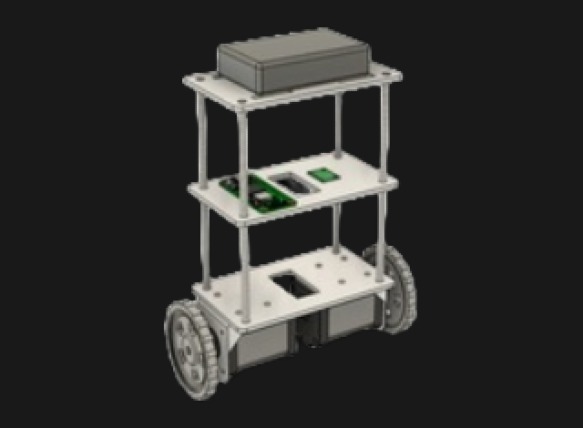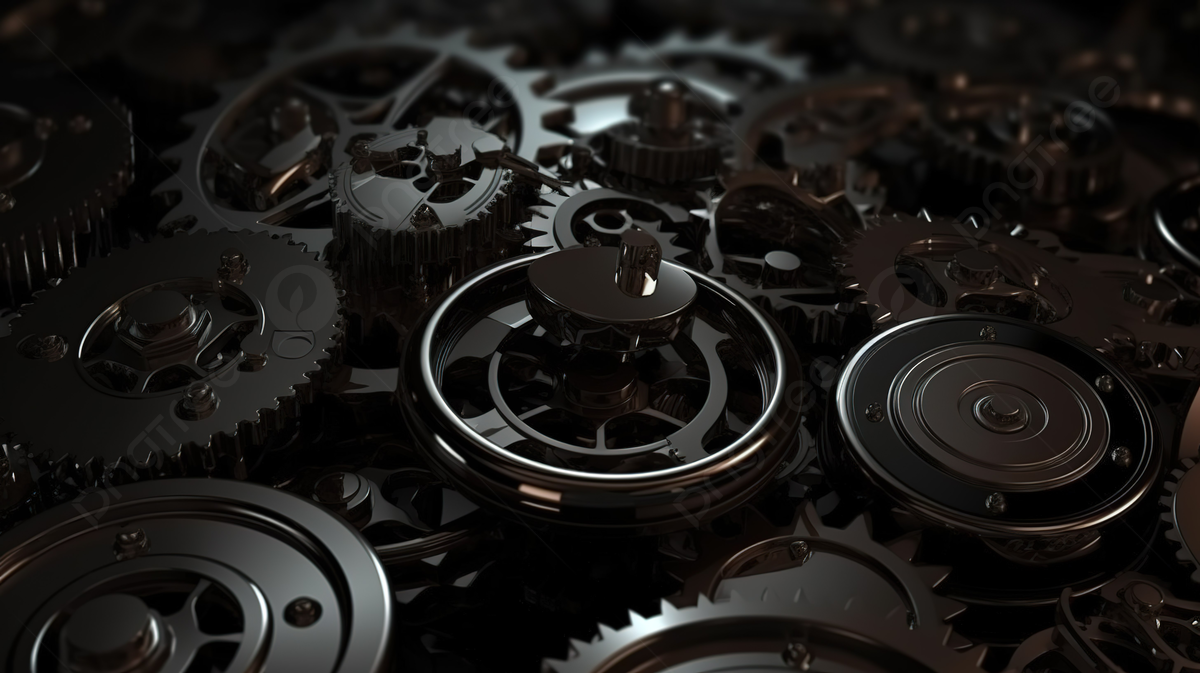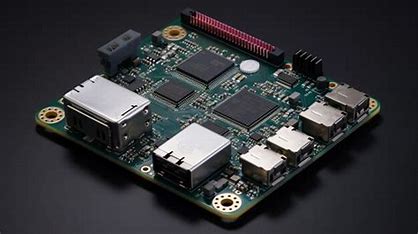THANOPOD
Version 1
Embarking on a transformative mission in robotics, we proudly introduce our latest innovation: a cutting-edge two-wheeled self-balancing robot. Engineered to conquer rugged terrain, navigate challenging slopes, and execute precise autonomous maneuvers through advanced computer vision technology, this project embodies the collaborative achievements of our specialized subdivisions. Our Mechanical, Electrical, Controls/Software, and Computer Vision teams have come together to drive the future of robotics with this remarkable creation


Mechanical
Our Mechanical Subdivision is dedicated to crafting a robust and agile chassis for our self-balancing robot.Their primary goal is to create a lightweight structure capable of handling loads exceeding 1kg.Through extensive CAD modeling and analysis, they are meticulously designing the chassis to withstand the rigors of challenging terrains while maintaining its stability.
Our Mechanical Subdivision focuses on building a lightweight, durable chassis for our self-balancing robot, designed to handle loads over 1kg. By leveraging CAD modeling and analysis, they ensure the chassis can endure tough terrains while preserving stability.
Electrical
The Electrical Subdivision is responsible for the core electrical system of the robot.They have been diligently researching and selecting the most suitable components for the project. These components are skillfully interfaced to ensure seamless communication and integration.Furthermore, the subdivision focuses on low-level control of actuators and sensors, ensuring precise data acquisition and actuation.Notably, they recently transitioned from stepper motors to DC motors with encoders, enhancing the robot's responsiveness and control accuracy.
We integrate sensors and encoders with the robot’s microcontroller to ensure seamless data collection and control, focusing on precise navigation and developing algorithms for efficient processing.


Controls/Software
In the Controls/Software Division, we are actively developing a cascaded PID control loop to refine the robot's balancing capabilities.This control algorithm not only ensures that the robot maintains balance but also allows it to carry and transport liquids without spillage.This is a remarkable advancement that opens doors to various applications, from logistics to research.
We are developing a cascaded PID control loop to improve the robot's balance, enabling it to transport liquids without spillage, opening new possibilities for various applications.
Computer Vision
Computer Vision Division is working tirelessly on algorithms that enable the robot to autonomously navigate controlled environments.Their focus includes the development of line-following algorithms, which empower the robot to follow paths on the floor accurately.Additionally, these algorithms contribute to basic localization, ensuring the robot's awareness of its position within the environment. This capability is pivotal for effective navigation and mapping.
The Computer Vision Division is developing algorithms for autonomous navigation, including line-following and basic localization, enabling the robot to accurately follow paths and maintain awareness of its position in controlled environments.
